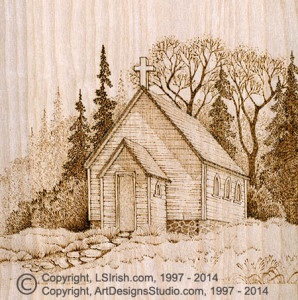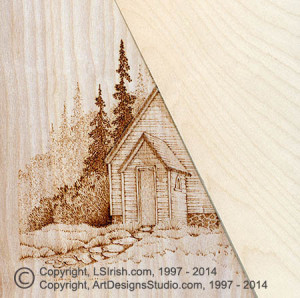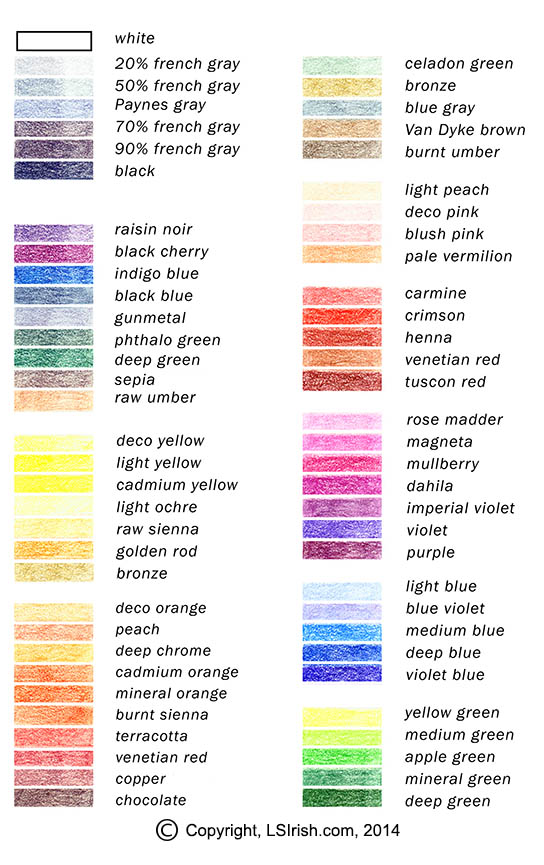Toxicity of Wood Burning and Wood Carving Media
Sara emailed me yesterday with a great question about wood and finish toxicity in pyrography. So I am postponing the next posting for Shadows and Light until tomorrow as I think her question needs to be answered for all of us.
Before we begin please know that I am not a chemist, nor an expert in toxicity of any particular product. What I can offer is general, common sense ideas that will help you avoid some of the possible health hazards that are possible in our crafts.
If you are having problems breathing, have developed a rash, or have a burning sensation on your skin or around your nose, mouth, or eyes – call your doctor immediately!
Our two favorite crafts – wood carving and wood burning – bring with them some safety and toxicity concerns. Every aspect of our crafts also can have hazards that can affect our hands, eyes, and lungs. Below is a listing of links that will get you specific information about wood species, finishes, and chemicals, plus the link to two Poison Control centers. Please take time to browse through these links and bookmark them in your browser for future reference.
Which surfaces are safer than other surfaces to burn is just the first consideration of many when it comes to health hazards with any hobby. Let’s look a few safety precautions that you can take to reduce or avoid the problems of toxicity and irritants that can come with wood burning. Safety falls into four general categories – media, ventilation, handling, and chemical finishes.
Birch, Basswood, and Poplar Pyrography Surfaces
The three most common woods for pyrography are basswood, birch, and poplar. All three have low toxicity levels but can cause some hand or eye irritation when handled. Birch and poplar plywood are also common burning surfaces. These three woods are tight grained and carry minimal sap content, and so create a minor amounts of fumes during the pyrography. Pine is a common pyrography wood, but is a high sap content wood. As you work pine you will notice that it does create a large amount of fumes.
Extremely hot, intense burnings can burn through the veneer layer of the plywood into the glue layer below, releasing the fumes from glue. All three of our favorite woods do require some sanding before you begin your project, and therefore release dust into your work area and can cause some lung irritation.
1. Chose clean, dry known species woods for your wood burning projects.
2. Check the wood species toxicity lists shown in the links below before you begin your project.
3. Even low toxicity woods can cause health issues for some people. Watch for runny or stuffy noses, a burning sensation around the nose or mouth, extra dry or scratchy hands, and any problems breathing. If you develop any of these symptoms while working with any wood burning surface stop immediately and contact your doctor.
Unknown, Reclaimed, or Found Wood Pyrography Surfaces
As you browse through the links below you will discover that many woods, fresh and clean from the sawmill, have medium to high toxicity levels. If you do not know the exact species of the wood you want to burn you have no way to check in advance whether you will be working a low-level or high level wood. Unknown woods carry with them unknown hazards.
Reclaimed wood carries other hazards beyond the known toxicity levels of the wood, often carrying fungus, molds, and accumulated dust that develops from long-term or outdoor storage. Further, wood taken from unknown sources as old barn siding or from older furniture can have chemical coatings or paint left from it original form. Insect infestations is also common with reclaimed wood.
Pallet wood has become popular as a reclaimed wood for woodworking projects – unknown species, mold and fungus, and the possibility of chemical content. Pallets are created from subprime quality wood scraps or from ‘trash’ wood that is not high enough quality to become building or furniture lumber. In the US pallets are marked or stamped to note any chemical treatment or processes – please see the link below before you begin any pallet wood project.
1. Avoid burning any wood that you can not positively identify.
2. Avoid burning any wood that may have had chemical, oil, or paint finishes. When you burn something that once had a layer of varnish on the surface you will be releasing fumes from the accumulated dust and dirt, the varnish, and the wood.
3. Avoid burning any wood that has been water damaged, or has developed mold, fungus, or dust accumulation.
3. Save those wonderful free reclaimed pallets for your woodworking projects, and even then be sure to follow basic safety precautions.
Gourds as a Pyrography Surface
Gourds are just stunning surfaces for our wood burning and create minimal fumes during the pyrography process. But preparing the gourds for work does carry health hazards. If you purchase uncleaned, dried gourds they will have an outer layer of dried skin that is often covered with mold and fungus that must be removed. Cleaned, dried gourds have this outer layer removed, revealing the wood-like surface of the gourd.
The inside of the gourd also has mold, mildew, fungus, and heavy concentrations of dust for the dried fibers that can cause lung, eye, and hand irritation.
1. Wear a dust mask during the preparation steps when working with gourds – cleaning, cutting, and sanding steps.
2. Wash the outside of your gourd in hot water and dish washing soap before you begin any project steps to remove all dust or potential mold and fungus spores.
3. Do any cutting and sanding outside if possible or in a well ventilated area. Wear your dust mask, and you make wish to wear latex gloves.
4. Once the gourd is cut you can fill the inside of the gourd with a solution of water and Clorox before you begin cleaning out the seeds and fibers. The clorox will kill any spores from the mold or fungus as well as wet the fibers to reduce the dust potential. Let the Clorox solution sit inside the gourd for about ten minutes, drain, rinse, then begin your cleaning steps. You can re-wet the inside of the gourd as needed.
5. Wash your hands often while preparing your gourd to remove any dust from your fingers.
Leather, Watercolor Paper, and Paper Mache Surfaces for Pyrography
All three of the above medias are chemically treated. Leather can be chemically tanned, dyed, or waterproofed. Use vegetable-tanned, undyed leather only for wood burning. Purchase your vegetable-tanned leather from a craft or leather working source. Avoid using reclaimed leather products as old purses, coats, or overnight bags. There are many new materials used in hand bag and coat manufacturing that look exactly like leather but are synthetic plastics that should not be burned.
Watercolor paper and paper mache have chemical binders that hold the wood pulp in a sheet or in a shape. These seldom cause health problems or skin irritation, but know that they are there in case you have a reaction.
Common Sense Safety in the Pyrography Art Studio and the Wood Carving Shop
1. Work in a well ventilated area. Crack a window at least a few inches to allow air movement.
2. Place a small work area fan behind you on a stool or small table. Set the fan on low and point the fan to move from behind you into your work area to move the fumes away from your face.
3. Work in an upright posture. Avoid leaning over the pyrography project where you will directly inhale fumes.
4. Wash your hands often to avoid dust or dirt build-up from your pyro project.
5. Wear a dust mask when sanding any surface. You can also wear latex gloves while sanding.
6. Place an old terry-cloth towel on your work surface while sanding. The dust will collect in the fibers of the towel. When you are finished sanding, roll the towel up and throw it in the washing machine to remove that dust from your work area.
7. Don’t dust with a brush. Wipe with a lightly damp cloth. Dusting with a brush only move the dust from your burning surface into the air where you will breathe it into your lungs.
8. Don’t burn anything – no matter how wonderful a shape or surface it is – that may have been chemically treated, painted, varnished, or paint remover striped. Those chemicals are still there in the wood grain and will become toxic fumes as you burn.
9. Don’t burn any unknown, reclaimed, or long stored woods that may have chemicals, paints, or dust accumulation.
10. Avoid extreme hot temperature burnings on any surface that may contain binders, glue, or chemicals as paper mache or plywood.
11. If you think you might be having a toxic reaction at any point in your work – Stop! Call your doctor!
12. Read the directions and safety precautions that are listed on your finishes, sealers, polyurethane, paints, and any other chemicals that your may be using.
Follow these simple, common sense precautions in your shop and you will enjoy years and years of safe, fun pyrography!
American Association of Poison Control Centers
U.S. Department of Health and Human Resources
Wood Species Toxicity Links:
The Wood Database
Toxic Woods – HSC Information Sheet
American Wood Turner posting by Bruce Taylor
Chemically Treated Wood Toxicity:
Wood Preservatives and Treated Wood – Hazards and Alternatives
How to determine if a wood pallet is safe for use
How to Know If A Pallet Is Safe to Use
Common Toxic Chemicals and Finishes:
Environmentally Sound Finishes
Wood Toxicity and How to Protect Yourself
Paint, lacquer, and varnish remover poisoning
Choose Environmentally Safe Varnish: Consider an Oil-Based Varnish
Toxicity in Craft Gourds:
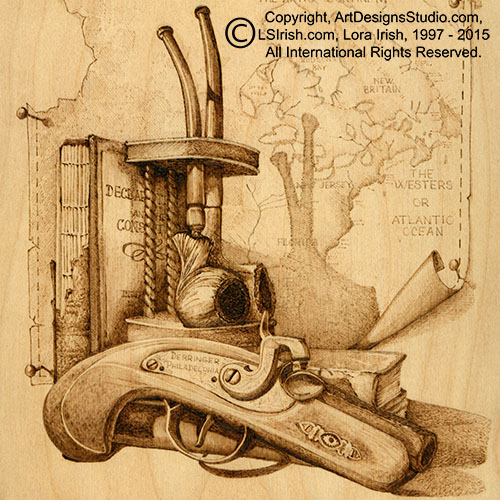
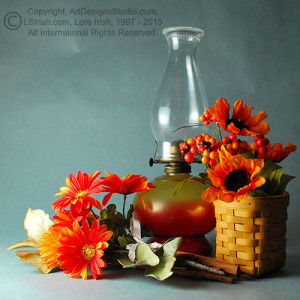
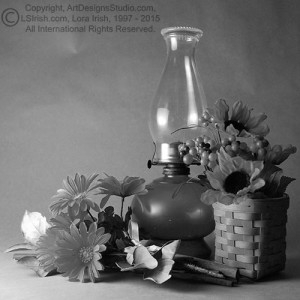
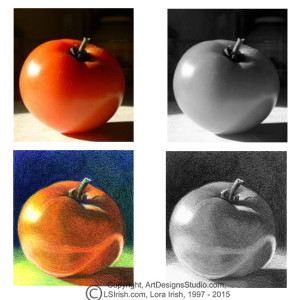

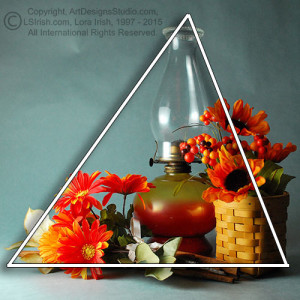
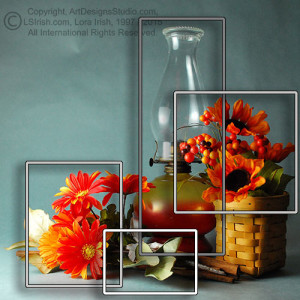
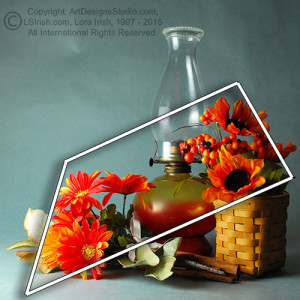
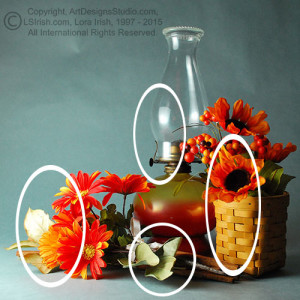
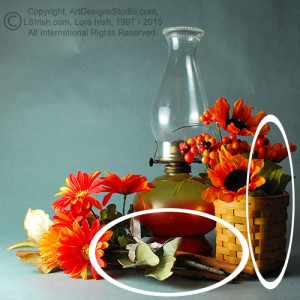
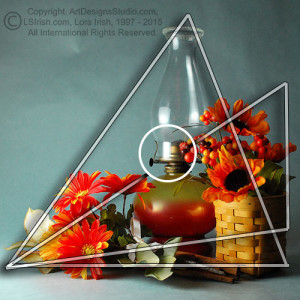
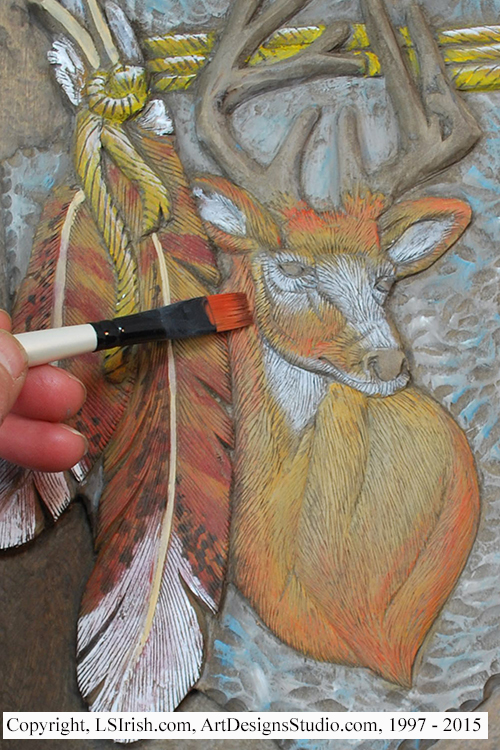
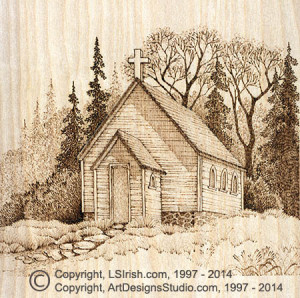 With time and age your wood burning and pyrography designs appear to fade into the wood, losing those sharp, dramatic contrasts and very pale tonal values. Recently, while cleaning our studio, I came across several of my very first wood burned projects, which are perfect examples of how as wood ages it develops a distinct patina which directly affects to look of our wood burning tonal values.
With time and age your wood burning and pyrography designs appear to fade into the wood, losing those sharp, dramatic contrasts and very pale tonal values. Recently, while cleaning our studio, I came across several of my very first wood burned projects, which are perfect examples of how as wood ages it develops a distinct patina which directly affects to look of our wood burning tonal values.